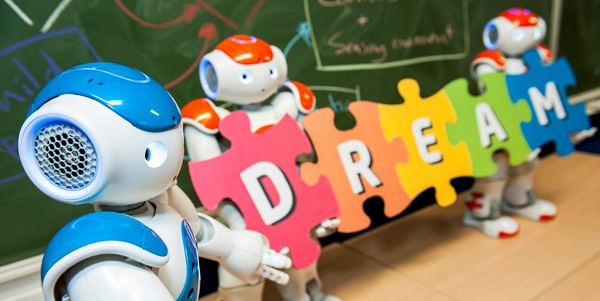The DREAM project, involving psychologists, cognitive scientists, robotics, computer vision researchers and ethicists, is coordinated by the University of Skovde in Sweden.
The DREAM project, or ‘Development of Robot-Enhanced therapy for children with Autism Spectrum Disorders’, aims to investigate the clinical utility of robot-assisted therapy (RAT) provided in a supervised framework of autonomy.
The aim of the project is to increase the robot’s autonomy during the RAT in order to reduce the workload of therapists, psychologists or teachers, leaving part of the intervention to be taken care of by the robot without altering the clinical utility of the intervention.
The main aim of the DREAM project is to develop a hybrid solution in which the robot is autonomous enough to be an effective autonomous tool for the therapist, but at the same time under the control of the therapist in order to deliver the therapy effectively.
According to the University of Brussels, NAO is particularly well received by young children because of its height and appearance. Children anthropomorphize NAO and willingly engage in loving social interactions.
